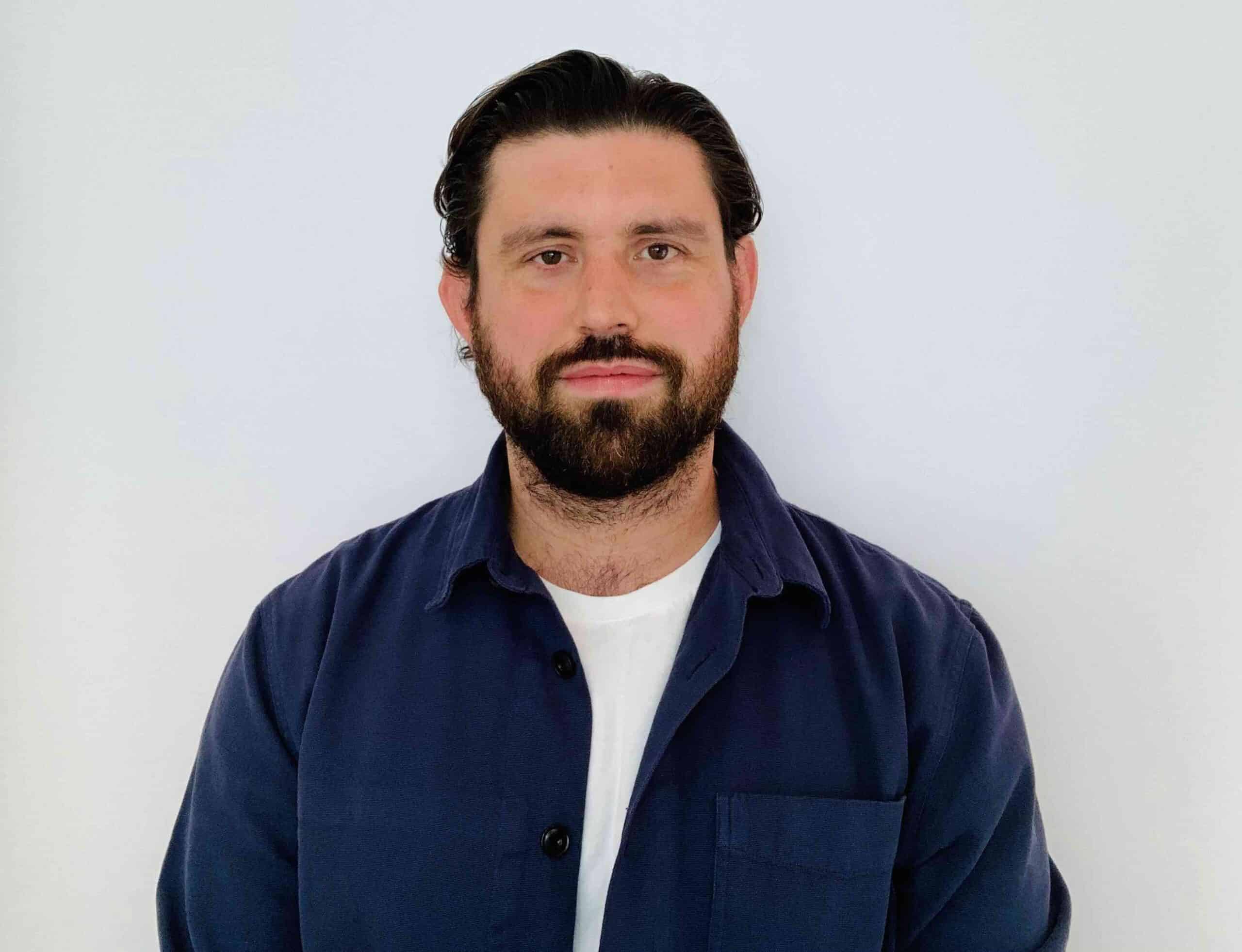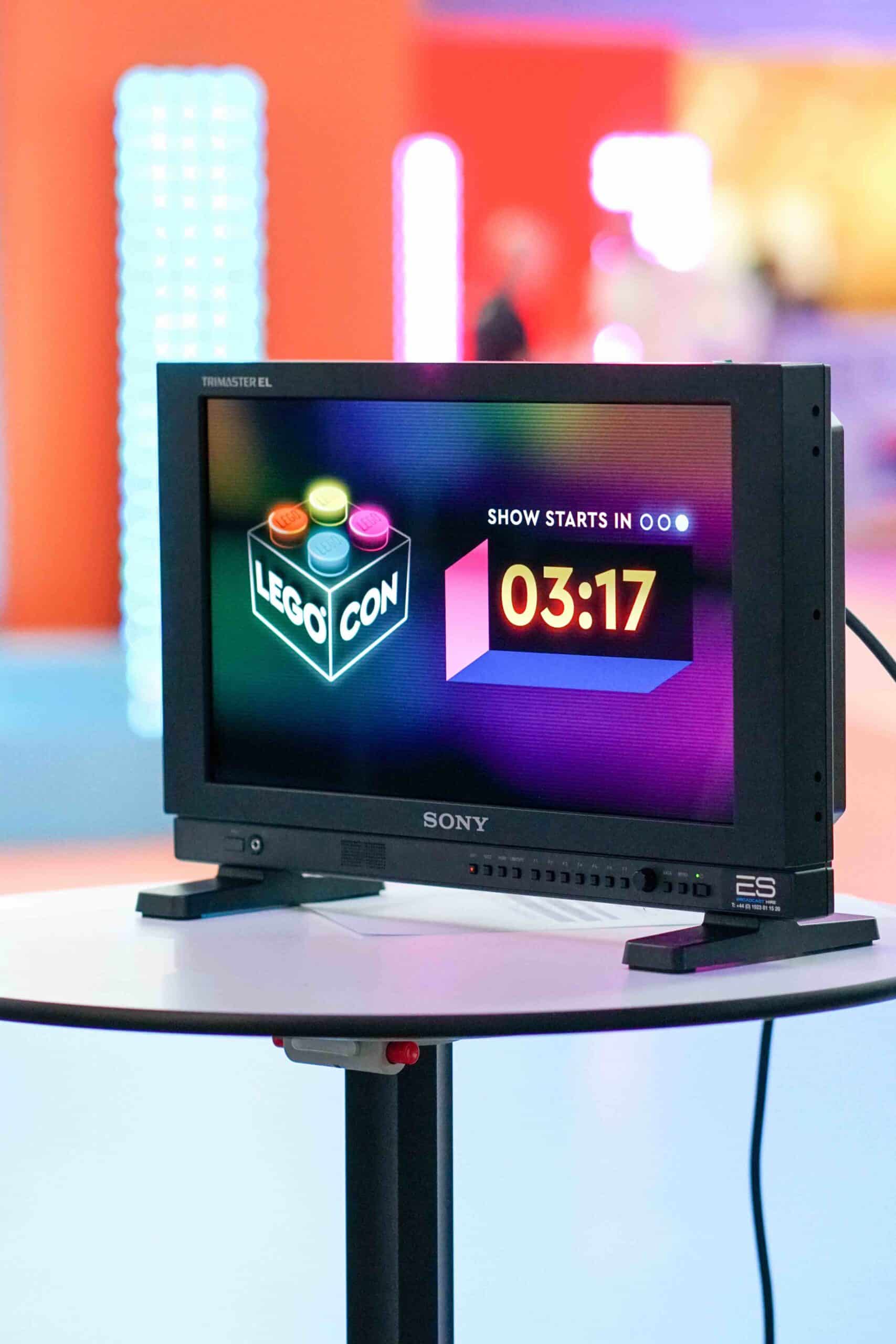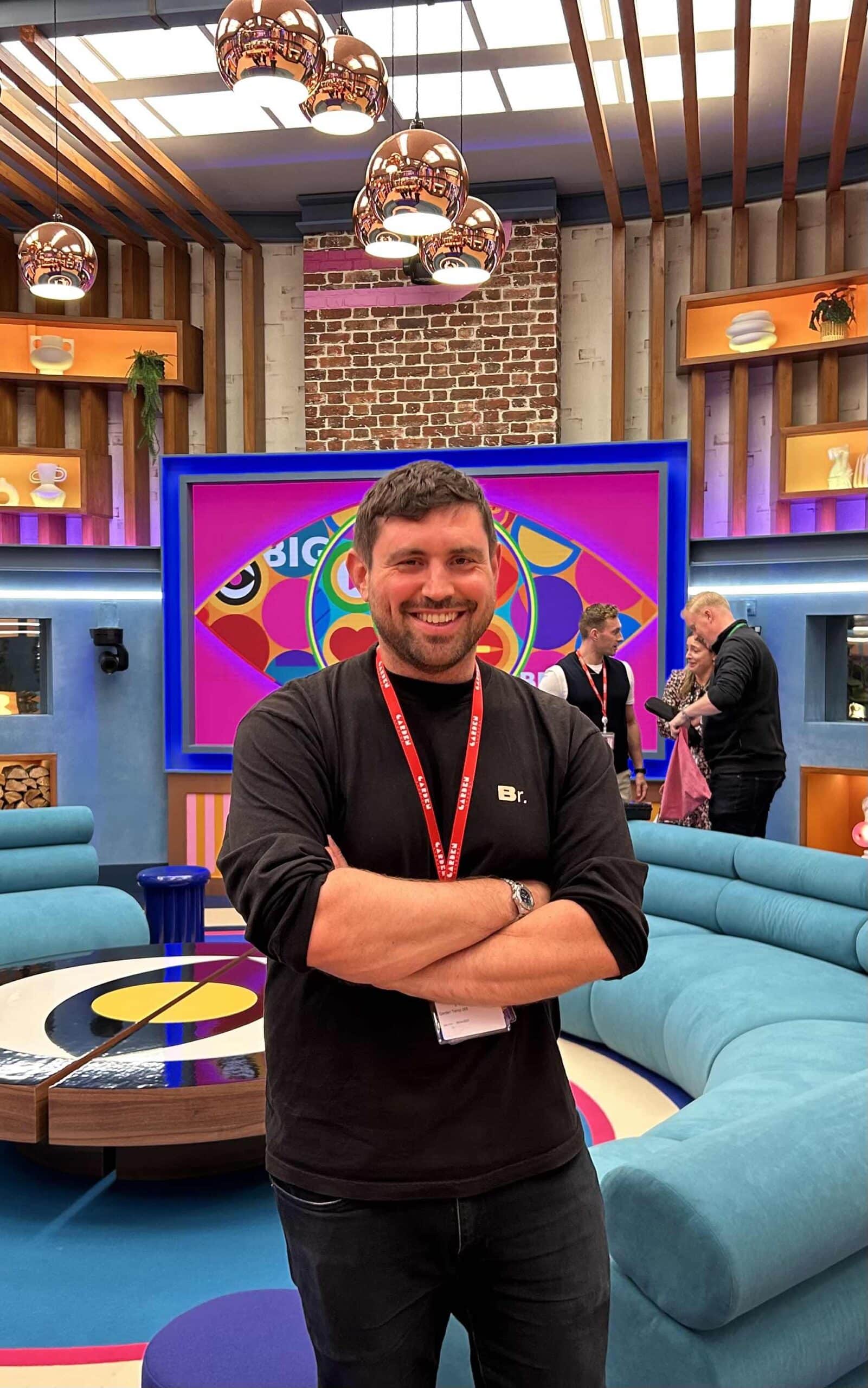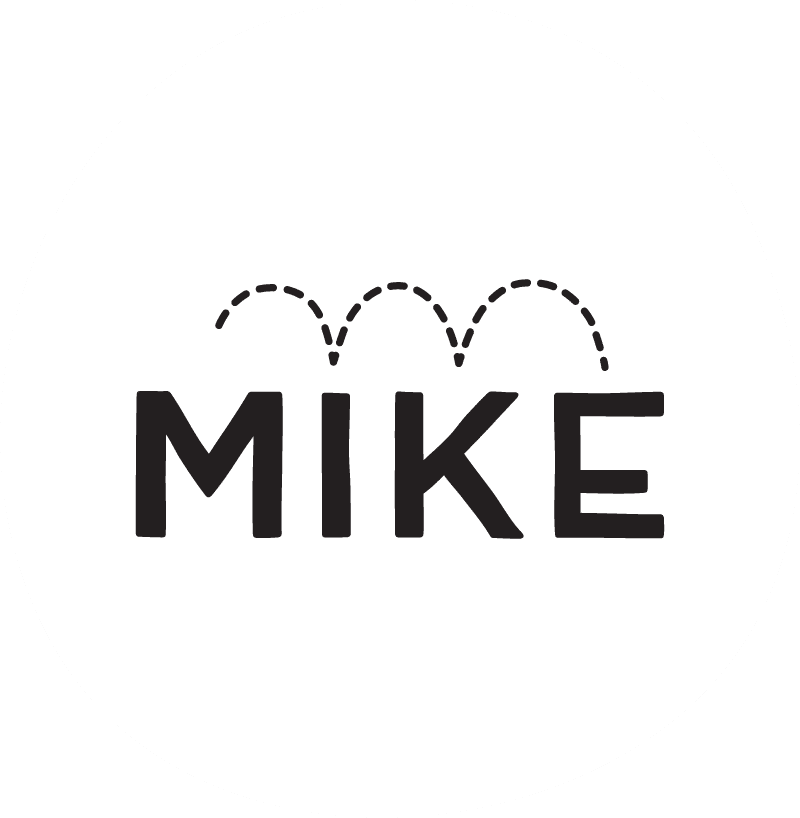Charlie Cooper Henniker has a talent for revitalizing creative production departments. He has held creative leadership positions at the BBC and LEGO, and is currently Head of Brand Experiences at British free-to-air public broadcast television network, ITV.

Charlie, tell us a bit about your career journey and how you got into this line of work.
I started out as a researcher, which is a common way into TV, especially at the BBC. I was clearing clips for international licensing—everything from feature films to educational packages. I spent a few years learning the BBC archive, rights and clearances, and the commercial side of TV.
After a time, I shifted into digital marketing. Across from the digital marketing team sat the promo production team, which consisted of three people who produced over 500 promos a year for BBC shows. It looked super stressful. There was a lot of colorful language flying around, and they moved at a million miles an hour. Stacks of tapes would appear, disappear, then reappear. Continuity teams were constantly running over, asking for tapes back because they had to go on air in two hours. I wanted to be part of that team more than anything.
"It looked super stressful. There was a lot of colorful language flying around, and they moved at a million miles an hour. I wanted to be part of that team more than anything."
Thanks to a lucky break, I became a Producer on the promo production team. And that was my introduction to post-production; working with the edit workflow, motion graphics, designers. The work was extremely varied; we would move from editing the sales reel for a show called Sherlock, to filming the CEO, the Director General, and sometimes talent for corporate messages. It was a really interesting crash course into the world of production and broadcast. We were such a small team and resources were thin on the ground, so I got to do some really interesting stuff.
What was the most memorable moment of your early career?
For a big corporate sales event, I managed to sell the idea of a live appearance of Sir David Attenborough alongside the launch of one of his shows, which was one of the most exciting things I’ve ever worked on. There were 1,500 people in the room, and we played his new show out on a huge screen. It was the first time anyone had seen this stunning new natural history content. His voiceover kicked in and everyone got goosebumps and it was this amazing moment. Then a spotlight came up on stage to reveal that he’s there reading the intro live. People just lost their minds. He got a standing ovation. It was such a simple moment, but it showed the power of broadcast TV.

BBC Showcase 2017
You also spent some time in Kenya and Tanzania. Can you tell us about that experience?
That was a lucky break, too. I was studying for a Masters in Indian cinema, which was essentially, studying Bollywood. My Bollywood professor was undertaking some field work and needed a research assistant and knew the subject matter, so I applied and got the position. I would stand outside cinemas in shopping malls in East Africa, and when movies finished, I would ask people about their viewing habits. The goal was to determine what kind of cultural mix of products people were consuming and watching in Kenya.
It turned out Indian cinema had a really strong foothold. I had some really great moments with security guards singing the entire song from a hit Bollywood movie to me in front of a bank, and swapping stories with a local family about meeting Bollywood actors. It was a really, really great time. It gave me a passion for seeing the impact that creative content production, programming, and storytelling can have globally, not just in your immediate sphere.
"Nothing beats in-person experiences. You can hold someone's attention for 60 minutes instead of 60 seconds, sometimes even for a full day. If done correctly, it will genuinely be something that people will never forget."
A lot of your work focuses on using real-world experiences to build fandom around brands. Tell us your thoughts on the importance of real-world connection in an increasingly virtual world?
It was a real culture shock for me moving into the experiential space full time from my previous job where I was making upwards of 50 campaigns a year that are signed-off and never seen again. They’re sent off for localization, they get played out on kids’ cable channels worldwide. You don’t get to see how people respond to them.
Real world experiences are an incredibly powerful – and an important way for brands to build connection with audiences. The world is awash with content, and there are more channels than ever before. The power of in-person experiences is what drove me into my current role, it was a passion that I discovered at LEGO—a brand with a huge, very passionate fan base ranging from kids to adults. When people think LEGO they tend to think kids, but adults are really a core part of the LEGO strategy, the business, and the revenue.
Put simply, nothing beats in-person experiences. You can hold someone’s attention for 60 minutes instead of 60 seconds, sometimes even for a full day. If done correctly, it will genuinely be something that people will never forget, whereas people do forget ads and targeted content. So that’s why I pivoted recently into this space. I’m fascinated by that smaller-scale, one-to-one connection.
The challenge is that you can only reach so many people in-person, by definition. The investment in time, money, resources, and strategy is really, really high, and the risk is substantially higher as well.
Is that part of the magic of experiential—that you can gauge audience response and pivot live?
Exactly.With events, activations, brand experiences, you get to be in amongst the audience and hear everything they’re saying. You get to see their reactions and interpretations up front. That’s incredibly valuable.
There’s also a feeling that you haven’t delivered it until it’s happening in real time. There’s a really wonderful moment shortly before you go live where everybody knows what they have to do, everybody’s very focused, things are quiet. The pressure of the situation is definitely weighing on people’s minds, but you can also hear people strategizing about how we might be able to pivot live.
That’s why I think producers and crews who work in experiential and theatrical production are so fantastic – they’re so unflappable in that moment of the pivot. You get the sense that it’s the moment they’ve been waiting for—to switch out that lighting state, to change the backdrop, or alter any number of things to change the vibe and the mood in the room. It’s a pretty special skill set.
"Even though I knew the script and had helped develop it, testing the experience still left my heart racing"
Which of your experiential projects are you most proud of?
Aside from the David Attendborough moment, I’m proud of a recent project we did for Trigger Point, an ITV drama about a bomb disposal unit. The first series was one of the UK’s most popular dramas, so launching series two was fantastic because the audience already knew and loved the show.
We created an immersive scene from the show. We worked with the show production team to make it really authentic. The audience was taken into a warehouse, greeted by a compromised police officer, and guided to a van where an explosives officer had their hand on a trigger point. They had to follow instructions to defuse a series of timed devices, with the LED clock counting down and instructions coming through a crackling walkie-talkie.
Even though I knew the script and had helped develop it, testing the experience still left me stressed and my heart racing. Everybody who participated had their own version of that experience. It was totally gripping and people got lost in the role-play of needing to save the day.
What’s the secret to creating a memorable experience?
In the world of experiential, people can often be sceptical, or feel a bit uptight about participating. However at LEGO, we saw that kids have no problem diving straight in. Kids walk into a space and instinctively want to pull on things, turn all the dials, and play with everything. When adults are invited to tap into that childlike energy, it’s a real release, and can be a very powerful experience.
I would also say keeping things simple is key. When experiences become over-complicated you lose people. I struggle with this on a regular basis because people are still quite obsessed with escape rooms, which are great if you are with a group of friends, but are limited as a brand experience.

LEGO CON
Where do you see experiential going in the future as a medium?
The sky’s the limit. It’s interesting to watch what happens in different markets. It’s always been huge in the US because of the size of the audience, opportunity and the space that people have. I’ll be watching, with very close interest, the Netflix House openings in the next couple of years. It will be interesting to see who else follows suit.
In terms of more extensive, far reaching brand experiences, a really good case study for the future is the Adele concert in Munich, because it’s not in the arena, it’s in a purpose-built environment. The city had to pitch for the opportunity. It’s not just an amazing show by an amazing performer with the world’s largest LED screen, it is also a brand experience village with shops and bars and content-capture opportunities. We know people will pay for those memories and experiences, even when times are tough. People tend to prioritize great memories with friends and family.
So I think the next few years are really exciting as technology accelerates and demand for in-person experiences increases.
What does creativity mean to you?
Creativity, for me, means letting go, and I’ve only learned this recently. I used to think creativity was about coming up with the best idea, holding onto that best idea for as long as possible, being as faithful to it as you can be, pushing at every point to keep that clarity of vision. Of course, those things are important, but actually, the process means somebody else is going to have a better idea or somebody else is going to have a different take on your idea that can improve it. Also, sometimes your own ideas just are rubbish.
People find different ways of saying that to you. When it’s a client agency partnership, obviously, it’s awkward. But when you’re sharing your ideas with great passion and conviction, you do also have to make it clear to the room that it’s up for grabs and that it might be the wrong idea. And you have to mean it. You can’t try to hold on to everything. But everybody in the process has to, at some point, let go and let others improve, develop, accelerate, enhance.
"Just because someone is a senior producer doesn’t mean they should always get the most challenging project. I’m happy to give big jobs to someone up-and-coming."
How do you set up a team for successful execution of a creative idea?
One of the silver linings of the pandemic for in-house teams was that a lot of traditional work paused, which led to people repositioning themselves. I saw teams that were strictly digital start leaning into campaign production. We had campaign producers assigned to live stream events, and it almost always led to something positive. People were applying their skills to new, exciting projects while building relationships with others from different disciplines.
For me, it’s all about casting the right people. Just because someone is a senior producer doesn’t mean they should always get the most challenging project. I’m happy to give big jobs to someone up-and-coming.
We used to have our team split between commercial work and consumer-facing projects, and we swapped the production leads. The results were fantastic—stakeholders enjoyed the fresh perspectives and different communication styles. For example, when our commercial lead moved to the consumer side, they provided budget updates in a different style and had a radically different approach to communication, which encouraged the team and the stakeholders to think differently.

Charlie in the Big Brother house
What challenges and opportunities do you see when recruiting today?
This is a big topic, and I think we’re at a crossroads. People are moving around in their careers more than ever. Your next superstar producer could well be a project manager in an engineering firm or an assistant in an interior design studio. Talent is more willing to change industries, especially younger talent, and I think HR teams are struggling to adapt.
You still see job ads saying “Must have five-plus years in an agency” or “Must have worked in a content and film company for at least three years,” but that might not be the best person for the role. The challenge is how to find and nurture this non-traditional talent and help them pivot safely into new areas where they’ll thrive.
I’ve done this a few times as an in-house leader. One example is a localization and dubbing coordinator who had an interest in production. We created a junior producer role to see how it went, and there was no looking back—they thrived and eventually became a senior project manager in another area of the business. Sometimes people just need the opportunity, and they’ll stay longer in the company, but in varied roles, which makes them much more well-rounded.
"People who haven’t traditionally had a shot at the industry often make the biggest impact. They come in with fewer assumptions, ask the right questions, and make smart choices"
How important is accessibility in events and experiences?
I don’t think we see enough of it yet at most events. Often, access information is either missing or buried on websites. I believe it should be front and center—not just so people don’t have to dig for it, but also to normalize the idea that accessibility is a basic standard everyone should expect.
I’m an ambassador for ParaPride, a charity that focuses on the intersection of LGBTQ and disabled communities. We have these discussions all the time, especially around event planning. There are still too many tube stops in central London without step-free access, and many high-profile spaces just aren’t keeping up with the need for accessibility. It feels outdated, and there’s still a lot of work to be done.
At ITV, we’ve turned down some otherwise perfect event venues because they weren’t inclusive—for example, if wheelchair access was only through the loading bay. We want to create welcoming experiences for everyone, and that’s non-negotiable.
Tell us about Metafleur, your floral installation design studio.
I work with an artist named Alice McCabe, who specializes in floral art and installations. We do everything from wreath-making workshops for Alzheimer’s foundations to wedding arches and large brand installations—like a piece for BBC Earth in Piccadilly Circus and a greenery-covered car for Zipcar.
Alice is enormously creative, and she’s committed to sustainability, which is tough in the floral world. Many clients want the most intensively grown, cheapest flowers flown in from far away. We spend a lot of time explaining what sustainable production actually means, and some clients decide not to move forward once they understand the challenges. But the clients who do invest in it are wonderful to work with.
We’re also deeply involved in what happens to the materials after the installations— replanting, donating to care homes, or returning plants to garden centers. It’s a mix of logistical and creative work, and I love that it addresses the environmental impact of events.
What I get out of it is the chance, as a side hustle, to work on something that is hopefully addressing the environmental impact that events and experiences have. That’s another area where there’s tons of work to do, and it’s important to me to contribute, in my own small way, to making things better.
